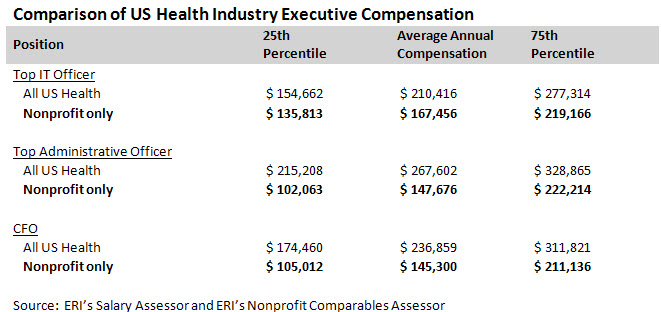The recent Nonprofit Employment Practices Survey, published annually by consulting firm Nonprofit HR, found the following:
- 50% of nonprofits were planning to hire new employees in 2017, down from 57% in 2016.
- Among for-profit companies, 40% said they would hire in 2017, up from 36% in 2016.
With the US unemployment rate at a little over 4%, considered “full employment” by some economists, there is increasing competition between the nonprofit and for-profit sectors for employees. The for-profit companies are also being much more aggressive about promoting the social aspect of employment as a recruiting technique. Employees seeking a mission, the traditional nonprofit talent pool for nonprofits, can now find jobs in for-profit companies that may offer what they want – some paid hours for volunteering, a company commitment to a cause, etc.
Nonprofits face other barriers also – often no or limited recruiting budgets, little flexibility to negotiate higher salaries in a tight labor market, and poor communication about what it is like to work there. This concept, called “employer branding”, has been very successfully done by companies such as Amazon, Google, and the Motley Fool.
With a tight labor market, nonprofits may need to make some changes to compete for employees. It is not enough to rely on past good will and the words in the nonprofit’s mission statement. Here’s what a nonprofit now needs to do:
- Pay attention to organizational branding and its reputation as an employer.
- Ensure that job candidates have positive contacts with the organization — quick responses to emails and calls, a welcome when they visit the office, and prompt follow-up with the status of the job search. Job candidates who have a bad experience will spread the word.
- Do research on competitive pay levels for positions and pay market rates. Without appropriate pay in place, nonprofits will face difficulties in recruiting and retaining top candidates.
Competing with the For-Profit Sector for Talent
Boards setting nonprofit executive compensation have a lot to consider – they need to set salaries that attract and retain the talent needed by the charity and also fulfill their fiduciary responsibilities to allocate the charity money wisely. At the same time, they must be compliant with IRS regulations on “reasonable compensation” (and perhaps state regulations) with an awareness of the potential for public scrutiny.
Research on compensation concludes that, for any given job, the level of pay is influenced most by “where” the job is done – and “where” most often means (1) the size of the organization; (2) the type of organization; and (3) the geographic location.
In the current tight labor market, a review of the additional factor of what comparable jobs pay in other sectors, such as government or for-profit companies, is becoming more and more relevant. While nonprofit data may be the most likely source of comparable information, salary information from other sectors could be an influence on salary levels for certain positions, where a candidate might have or need experience from other sectors. In fact, IRS regulations provide that some salary comparisons from other sectors can be used in the justification of “reasonable compensation” for a proposed salary in the nonprofit. But, the IRS says not all comparative data can be from for-profit companies.
The health industry is one that includes employees in all three sectors – government, nonprofit and for-profits. ERI’s Salary Assessor provides average salaries for positions based on data without regard for the type of employer. For example, the average salary for a hospital administrator in the Salary Assessor would include observations from hospitals operated by various levels of government, by nonprofits, and by for-profit companies. Compensation information for executives in nonprofit hospitals specifically is available from the Nonprofit Comparables Assessor, using the IRS Form 990 as a source.
To assess what this more competitive labor market might mean for nonprofits, let’s compare compensation data on some positions that could be found in the health care industry across the US. Consider the positions of Top Administrator, the Top IT Officer, and the Chief Financial Officer (CFO) in entities with annual revenues of $25 million. A comparison of average salaries using data from all types of health industry employers (from ERI’s Salary Assessor) versus nonprofits only (from ERI’s Nonprofit Comparables Assessor) indicates striking differences in pay.
The table below is based on data from health industry entities across the US with annual revenues of $25 million reported in ERI’s Salary Assessor and ERI’s Nonprofit Comparables Assessor. The average compensation shown for “All US Health” includes compensation paid in cash only (base salaries plus cash bonus). Thus, for-profit salaries may be understated because stock awards and options not available from governments and nonprofits could also be part of total compensation.

It appears that attracting talent to the nonprofit sector in a competitive labor market is going to be a struggle without adequate resources and increasing attention to marketing nonprofits as attractive employers.


